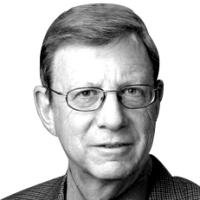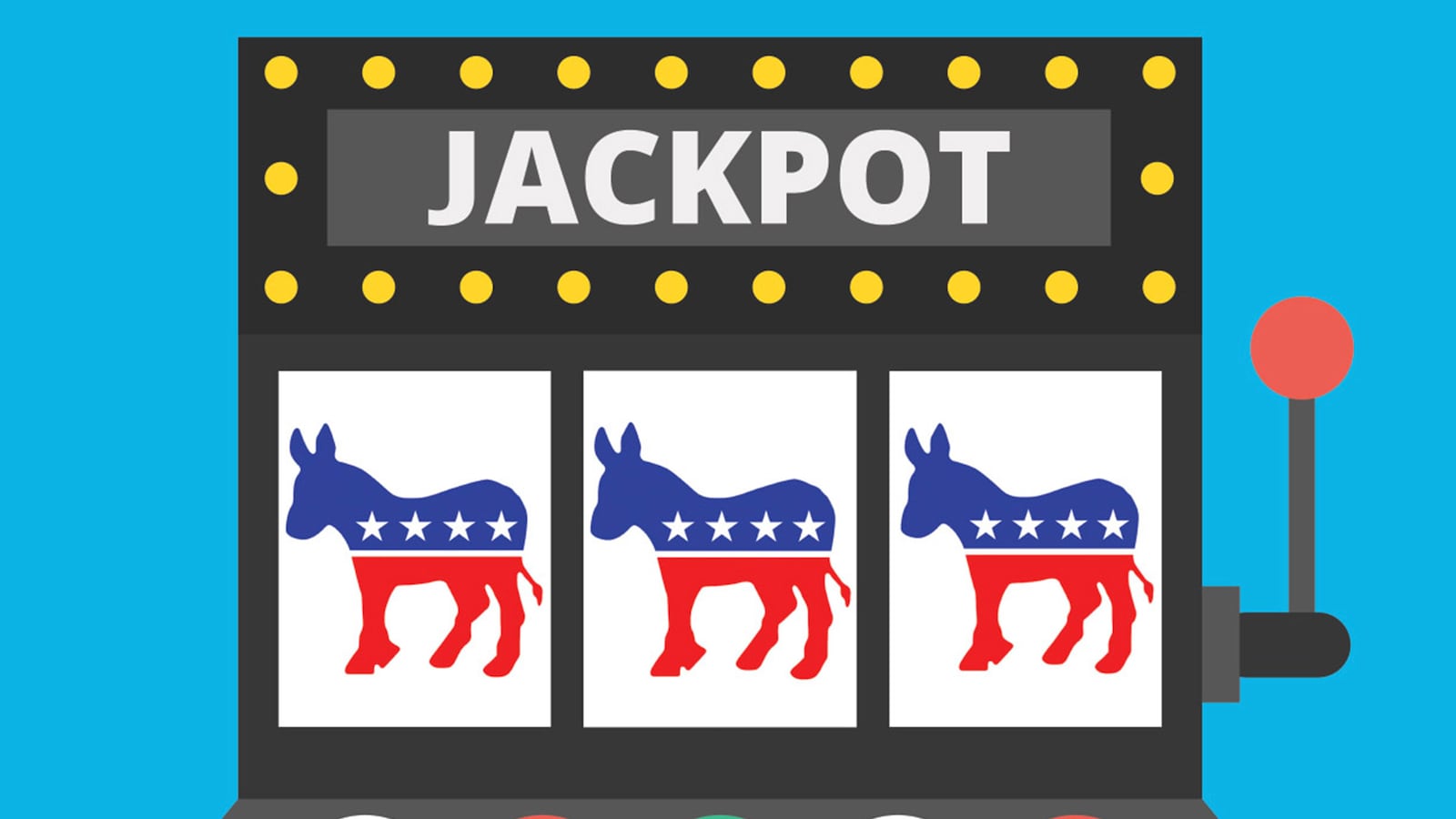We were reminded once again this week — by The New York Times’ estimable John Harwood — of one of those “rules” that will govern the next Presidential race. In writing of the midterm elections’ impact on the 2016 campaign,—suggesting that a GOP Senate takeover might benefit a Hillary Clinton run — Harwood writes: “American voters have demonstrated their reluctance to award the same political party a third consecutive term in the White House.”
Measured by a glance at recent history, that’s true. But (as NFL officials put it) on further review, there’s a whole lot less than meets the eye. What the record really shows is just how much the fate of the Presidency is governed by the vagaries of chance.
For much of our political history, the “third term” curse was non-existent. During the Republican ascendancy that began with Lincoln’s election in 1860, the party won six straight elections (although it did take some highly sketchy maneuvering in 1876). Later, the White House passed from McKinley to Theodore Roosevelt to Taft, and then from Harding to Coolidge to Hoover. FDR and Harry Truman combined to keep the Presidency in Democratic hands for twenty consecutive years. (Coincidentally or not, in all of these streaks, the death of a President brought a new occupant to the White House.)
The “reluctance” Harwood points to didn’t really begin until 1960. As he puts it: “The combination of fatigue with the incumbent party and rejuvenation by its opposition helped stymie Richard M. Nixon when he sought to succeed Dwight D. Eisenhower in 1960 and Hubert H. Humphrey when he tried to follow Lyndon B. Johnson eight years later. Al Gore lost in 2000 despite President Clinton’s high approval rating and economic record.” In this last half-century plus, only George H.W. Bush was able to win a third term for his party. (Note: in every case, the nominee was the sitting vice-president — a stark reminder of how much more important that office has become in recent decades.)
This account looks convincing — until it’s subjected to a closer look.
* In 1960, Nixon lost to John Kennedy by less than two-tenths of 1 percent of the popular vote. In fact, given the highly creative vote counting methods in Illinois and (even more so) in Texas, and the fact that some of Alabama’s votes went to a slate of un-pledged electors, it’s not at all clear that JFK won the popular vote at all. In several states — Illinois, New Jersey, Minnesota, Hawaii, the spread was barely 1 percent or less.
* In 1968, Nixon beat Hubert Humphrey by seven-tenths of 1 percent of the popular vote; some pollsters argued that, had the election happened a day or two later, Humphrey might well have won. Further, history strongly suggests, may well have been shaped by the Nixon campaign’s role in sabotaging a Vietnam peace accord. (See, for example, “Chasing Shadows: The Nixon Tapes, the Chennault Affair, and the Origins of Watergate” by Ken Hughes, which argues that Nixon operative Anna Chennault convinced the South Vietnamese government that it would do better to wait for a Nixon Presidency before agreeing to terms.)
* In 2000 — well, perhaps we need not revisit the campaign in which Al Gore won half a million more votes than George W. Bush, and in which a one-vote Supreme Court majority sanctioned a Bush victory in Florida by 537 votes out of some six million cast. (If you look more broadly, the center-left candidates — Gore and Ralph Nader — out-polled the center-right candidates — Bush and Pat Buchanan — by some three million votes.)
Viewed through this prism, the idea of an American electorate “reluctant” to give a third straight White House term to a political party looks far less convincing, and far more the product of highly “contingent” events. Indeed, the only recent example where voters clearly rejected a third term for the incumbent party was 2008—when a collapsing economy and the Iraq misadventure doomed John McCain’s hopes of succeeding George W. Bush. And it’s certainly possible that a continued fall in Obama’s approval ratings will prove a burden to Hillary Clinton or any other Democrat in 2016.
As for the other recent examples: better pre-debate makeup in 1960, a few days more campaigning in 1968, different ballot designs in a few Florida counties in 2000, and we might be pointing to the voters’ willingness, even eagerness, to grant a third term to the party in power. As it is, whatever worries will keep the next Democratic nominee up at night, that “third term curse” should not be one of them.






